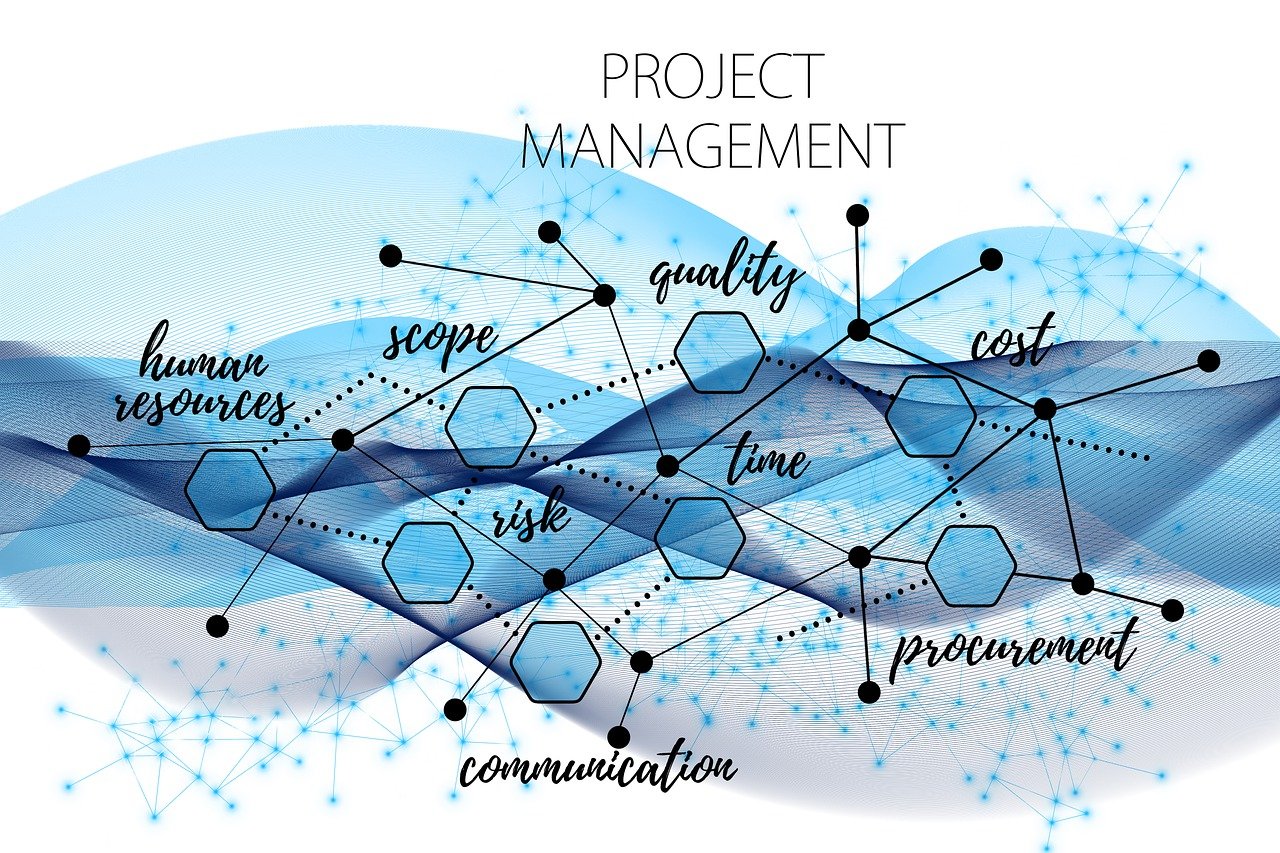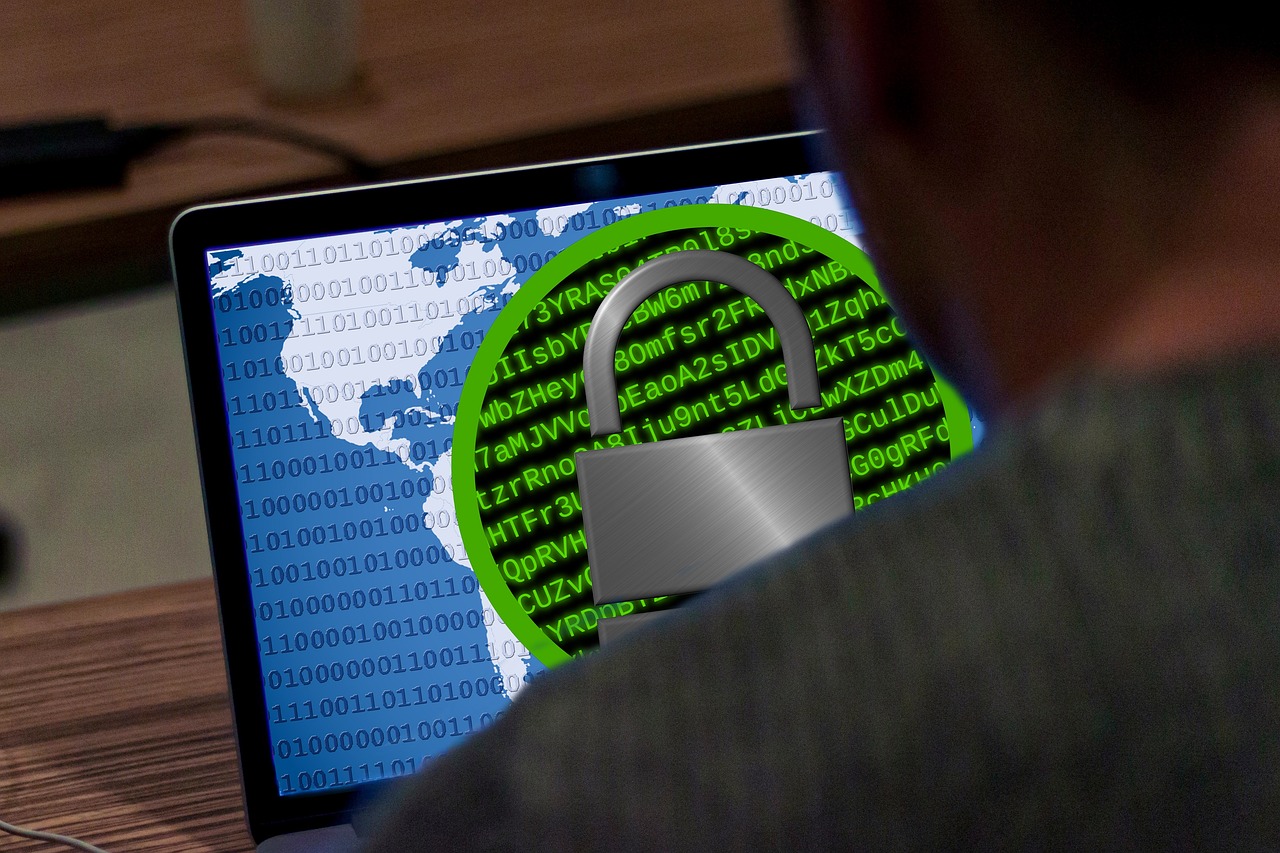Category: Networking
-
Network security is a critical aspect of maintaining the integrity, confidentiality, and availability of information. Both hardware and software play pivotal roles in safeguarding networks against a wide array of security threats. Here’s an in-depth look at how these tools can be used to minimise network security risks, with specific examples of effective hardware and…
-
Key Concepts in Managing Networking and Cybersecurity Projects The key factors in networking and cybersecurity projects include scope, time, cost, quality, resources, risk, and stakeholder engagement. Defining these factors clearly at the outset helps set realistic expectations and objectives. The project management process is divided into five main stages, which consist of 5 stages: initiation,…
-
Project management and project life cycle Project management is a structured way of approaching the creation, planning, development, and execution of projects, while the project lifecycle is a framework that guides projects from inception to completion. Each stage of the lifecycle involves specific activities and deliverables that ensure the projects are managed systematically and effectively.…
-
1. Productivity Software: Features: i) Word processing for creating and editing documents. ii) Email for communication. iii) Presentation software for creating slideshows. iv) PDF viewers/creators for handling documents. Functions: i) Use for Creating, editing, and formatting documents. ii) Use for Sending and receiving emails. iii) Use for Creating professional presentations. iv) Use for Viewing, creating,…
-
What is a computer program? A computer program is a set of instructions written in a programming language that commands the computer to perform certain operations or tasks. It also acts as an intermediary between computer hardware and users that enables the manipulation of data or the execution of certain functions and operations. What is…
-
Ethical conduct when using IT systems refers to behaviours and actions that align with moral principles, organisational policies, and legal requirements, promoting integrity, trust, and responsible use of technology. Unethical conduct, on the other hand, involves actions that violate ethical standards, disregard organizational policies, and may harm individuals, organisations, or society as a whole. Let’s explore examples of…
-
Ethical hacking, also known as infiltration testing, includes authorised endeavors to evaluate the security of IT frameworks and recognise vulnerabilities; sometimes, malicious aggressors can misuse them. Here, I’ll clarify how distinctive testing and checking measures powerlessness filtering and entrance testing, can be utilised to test for vulnerabilities and ensure IT frameworks and data: 1. Vulnerability Scanning:…
-
Biometrics Access Control Characteristics It requires people to engage with the biometric device in person for security authentication in buildings or certain restricted and secured areas. Benefits It improves security by offering a secured method and means of authentication for identification, keeping access data as credentials from being stolen or compromised, and thus minimising the…
-
Cybercriminals apply ransomware assaults, a kind of malware-based threat, to encrypt their victims’ files or whole computers and then demand payment in exchange for the decryption key. These assaults have the potential to cause serious interruptions to corporate operations, data loss, and monetary losses. Numerous methods, such as phishing emails, malicious websites, or taking advantage…










